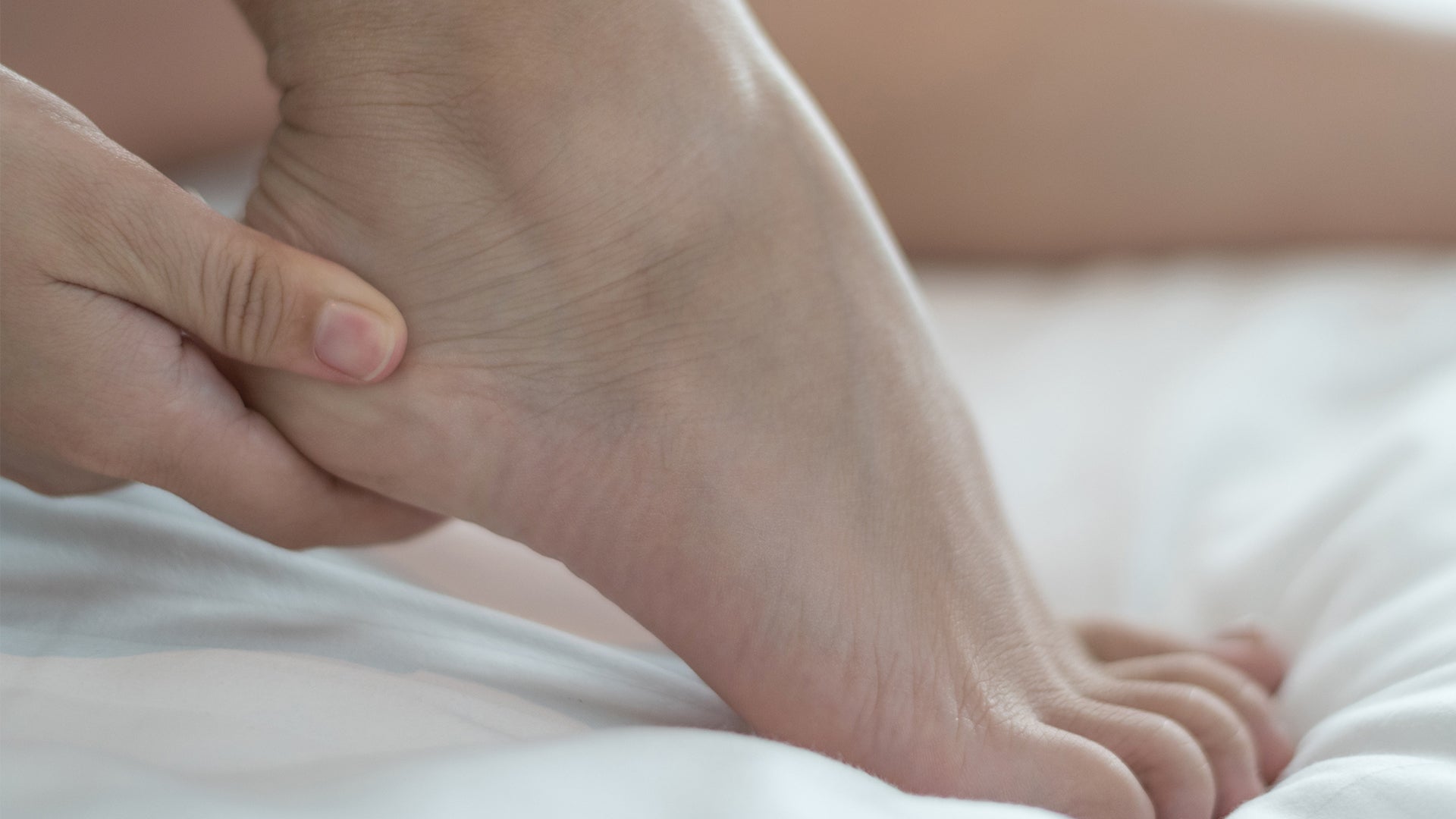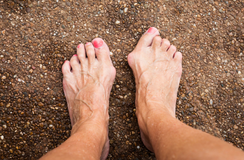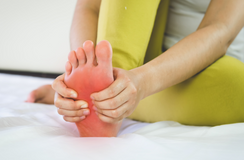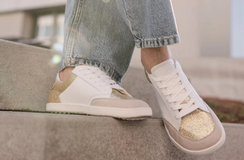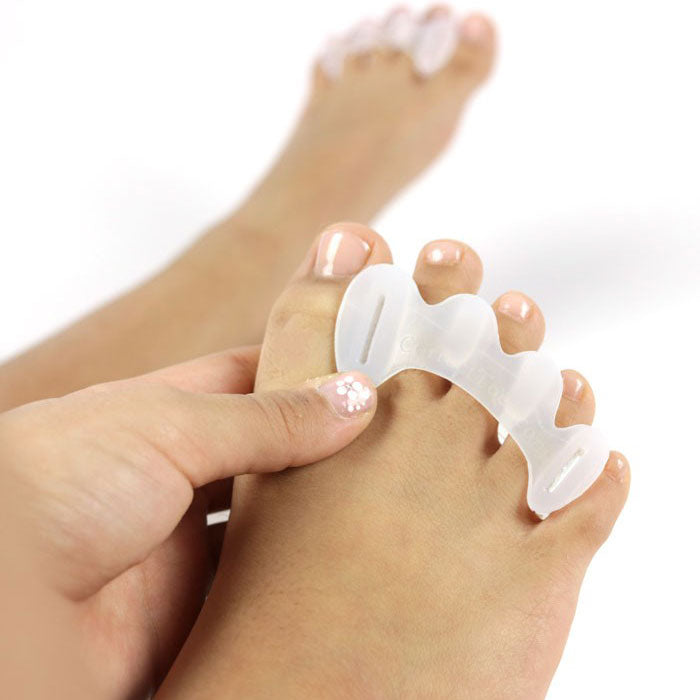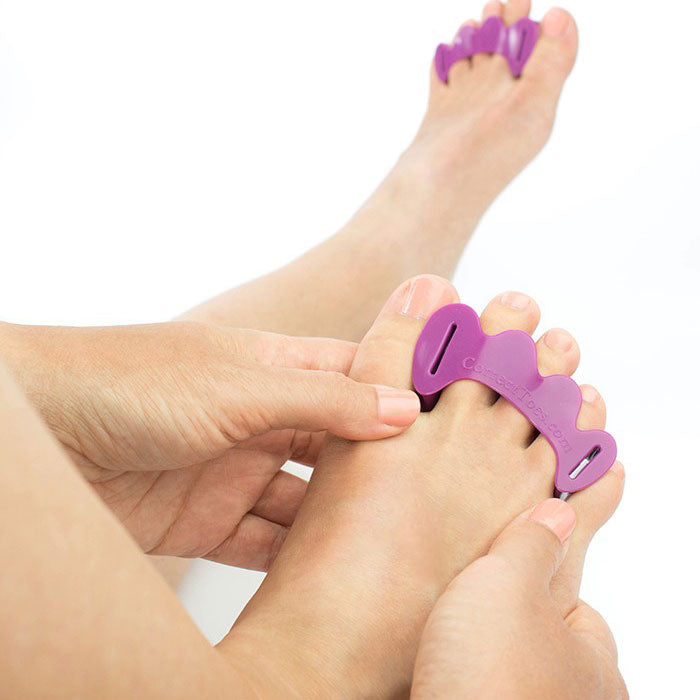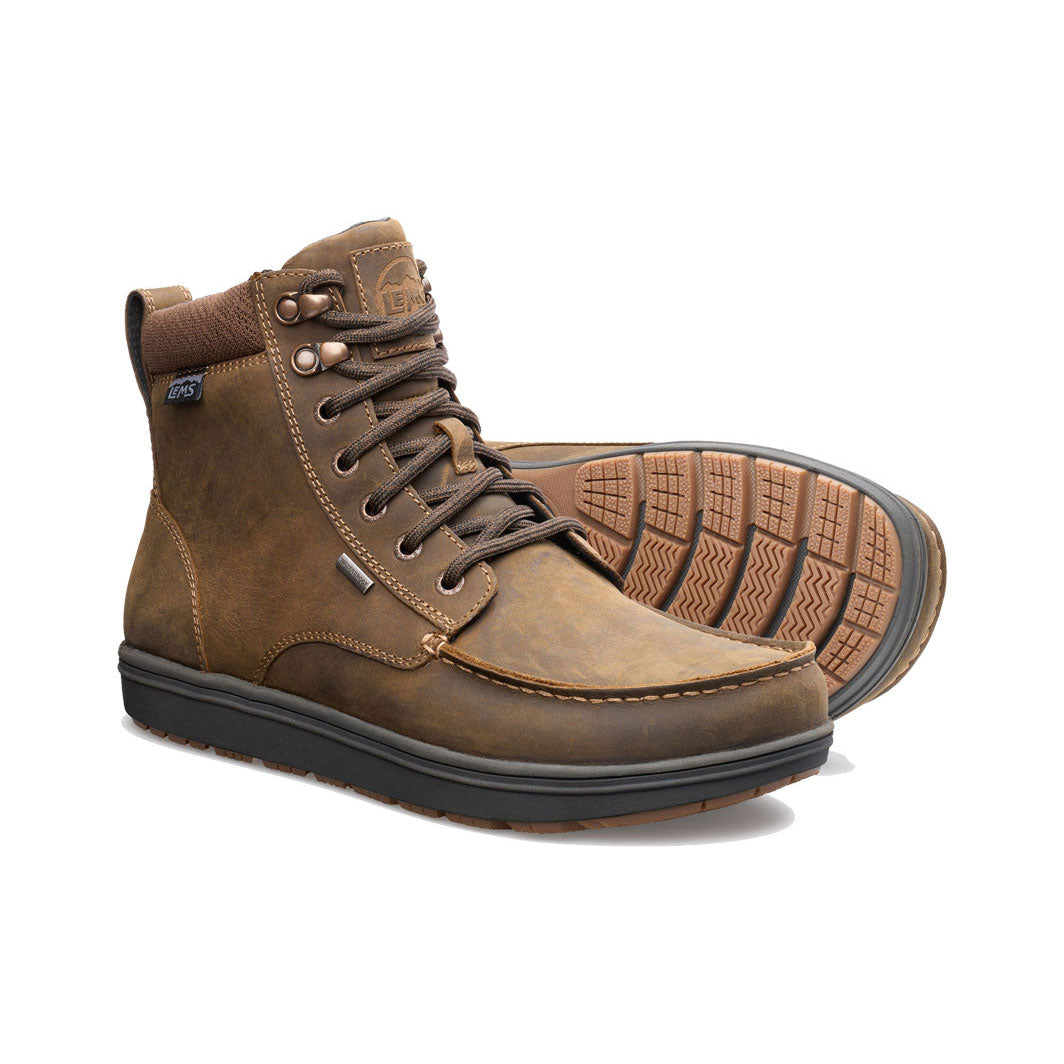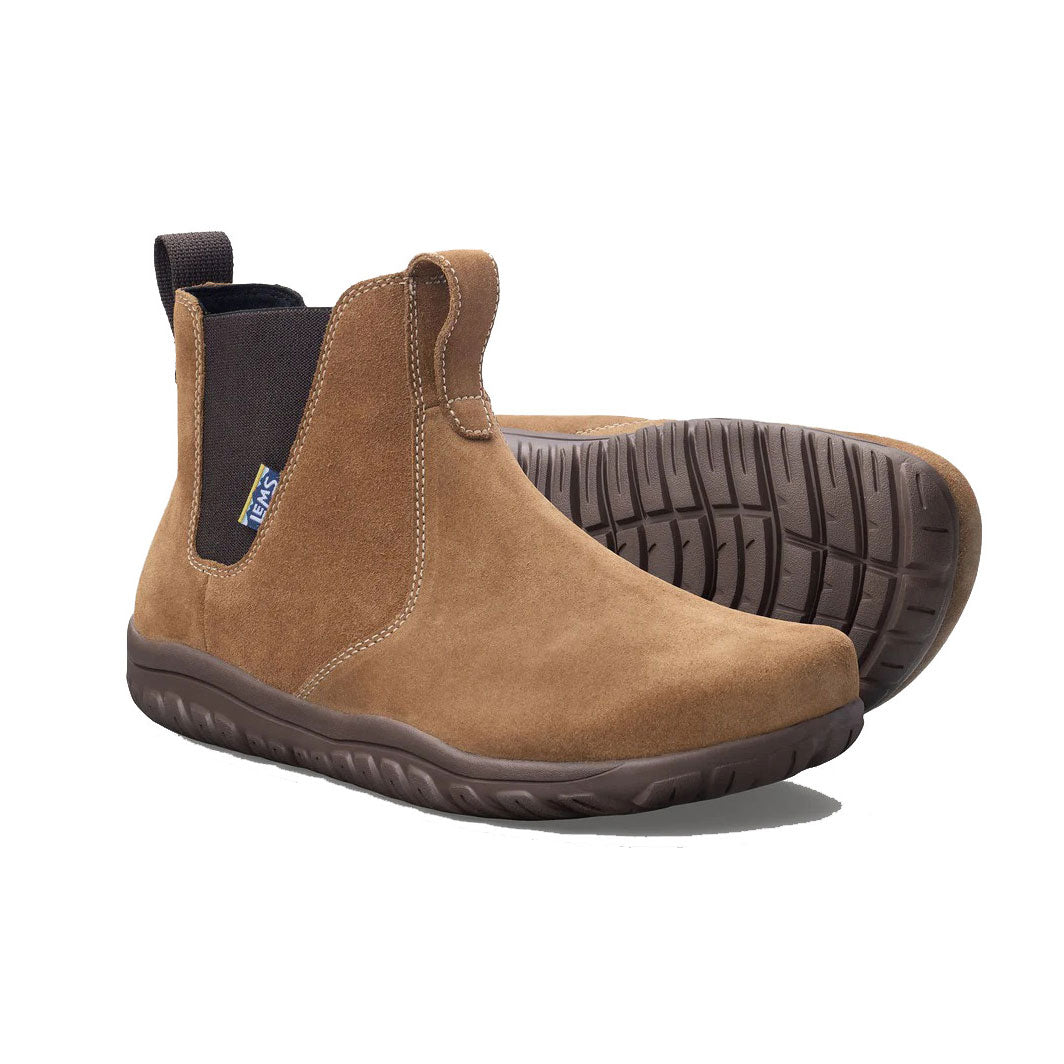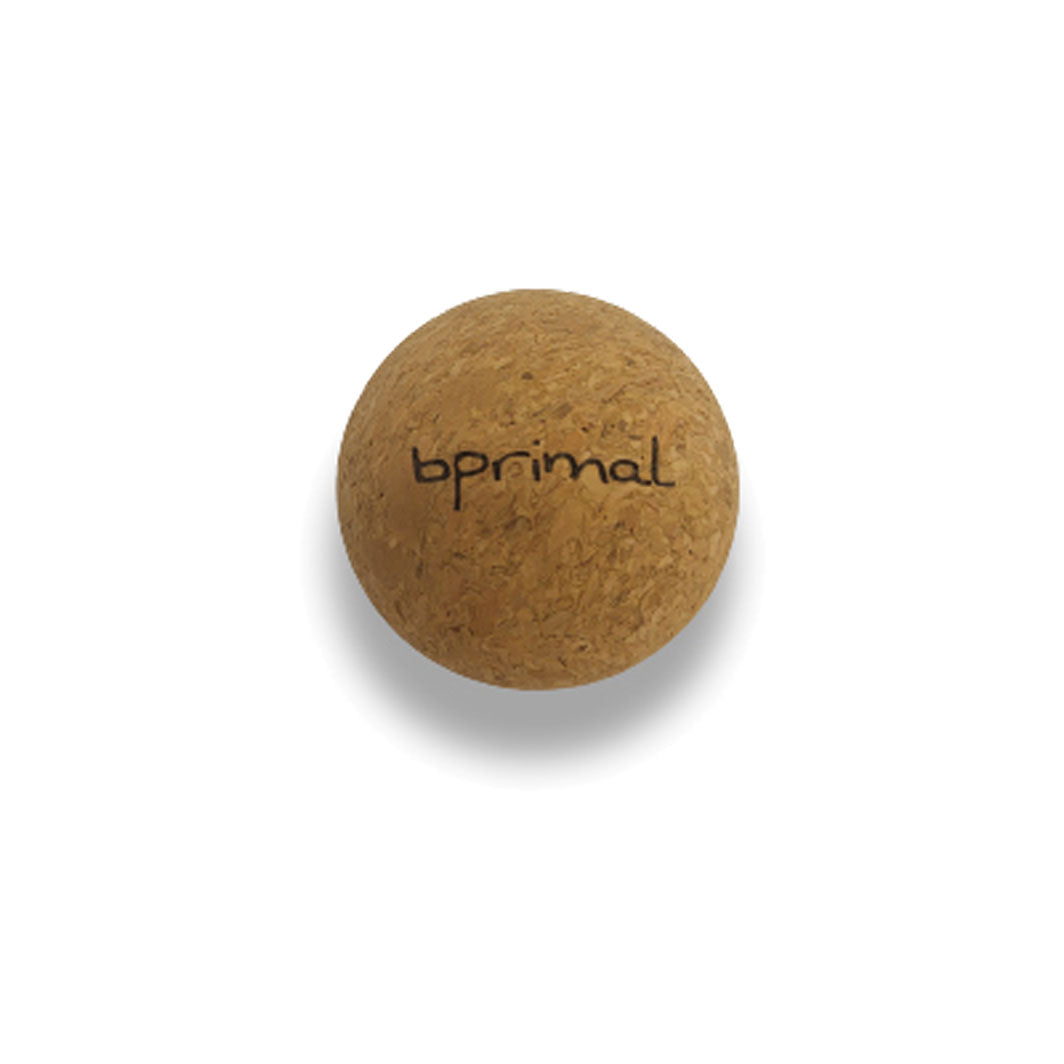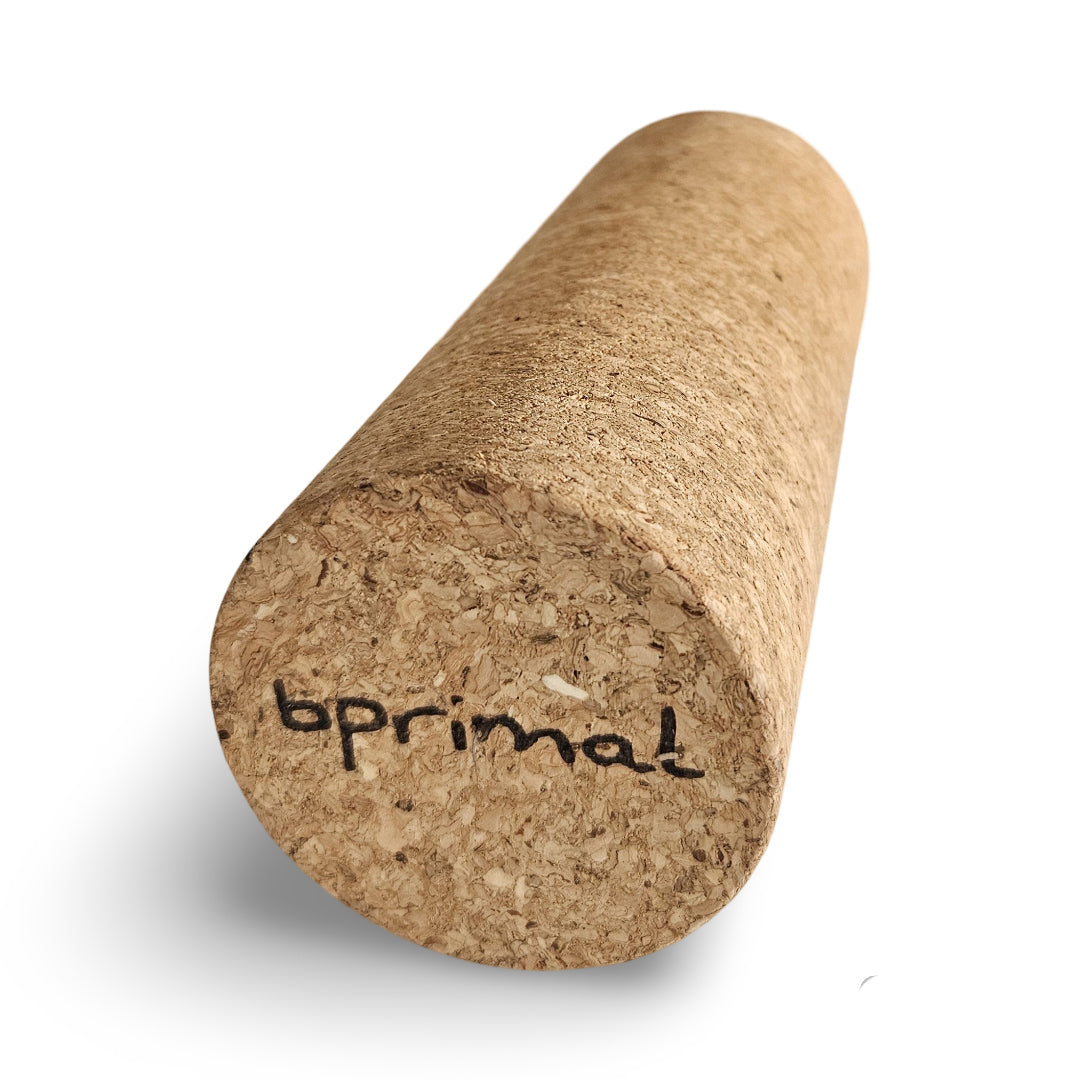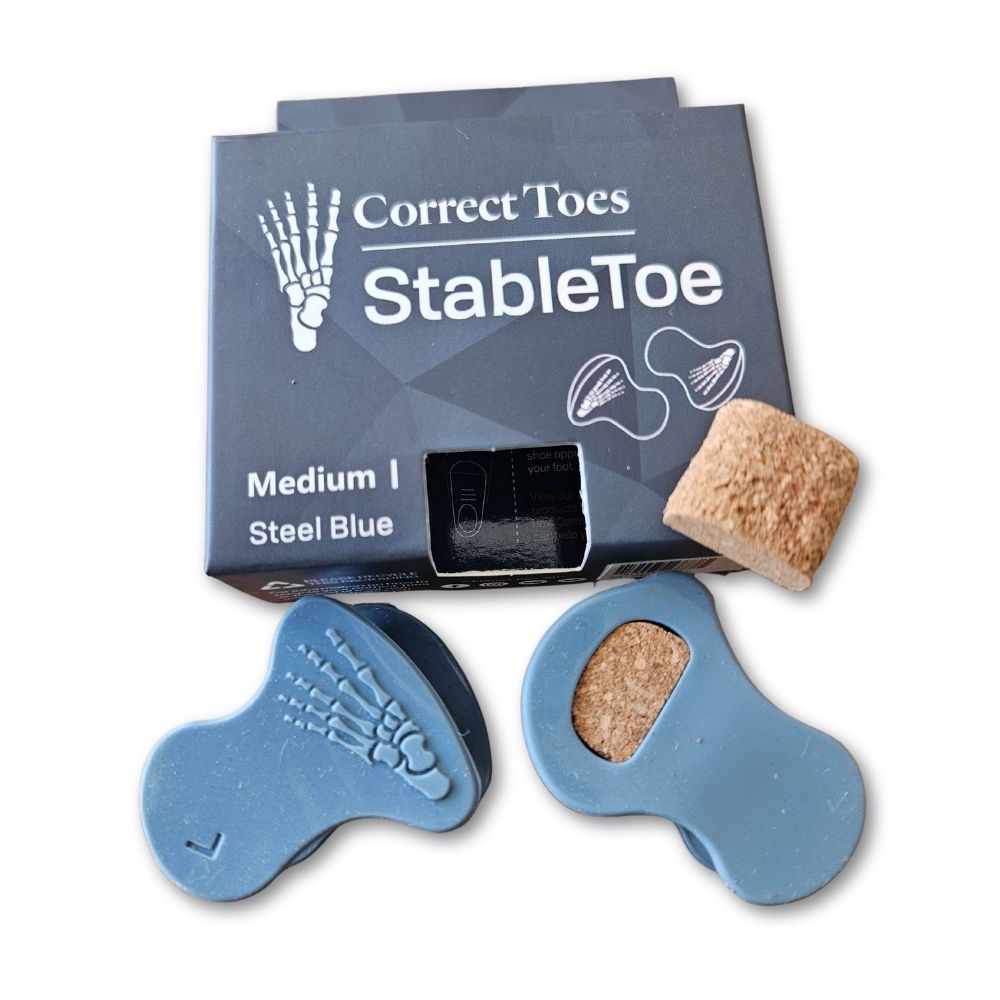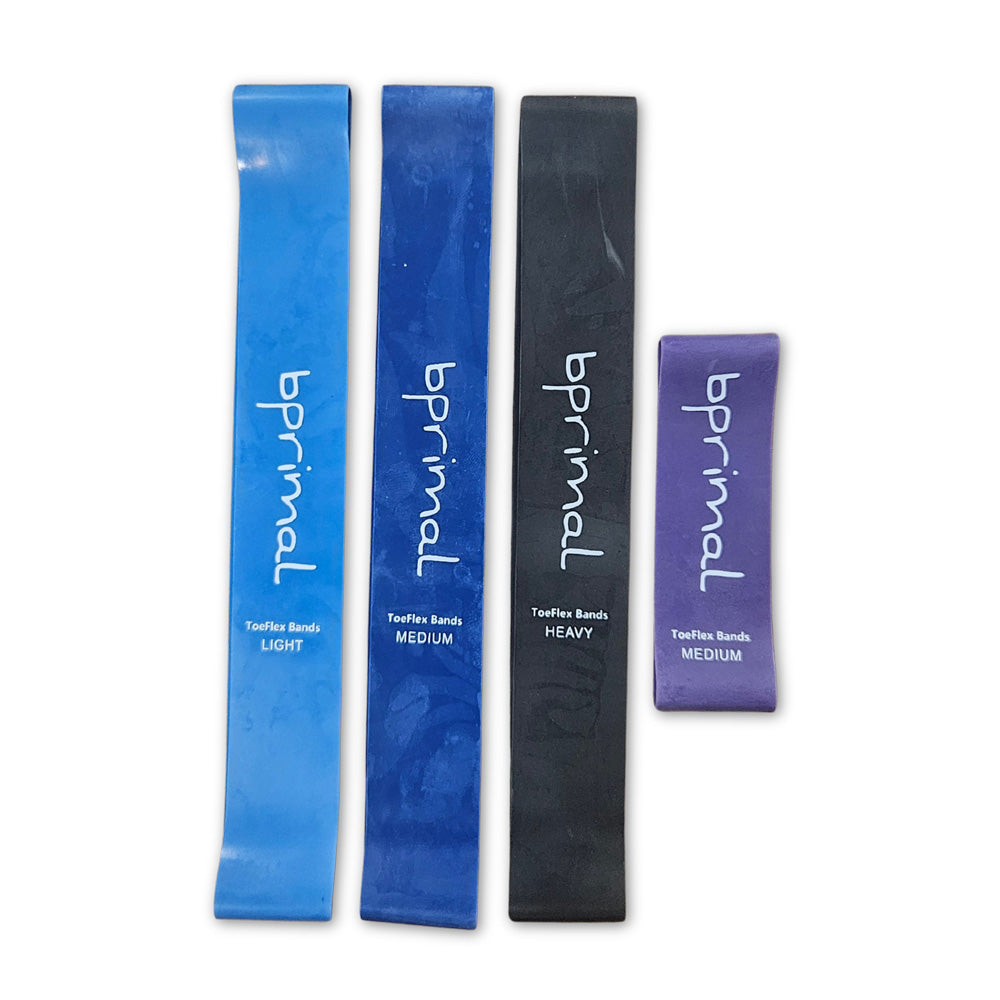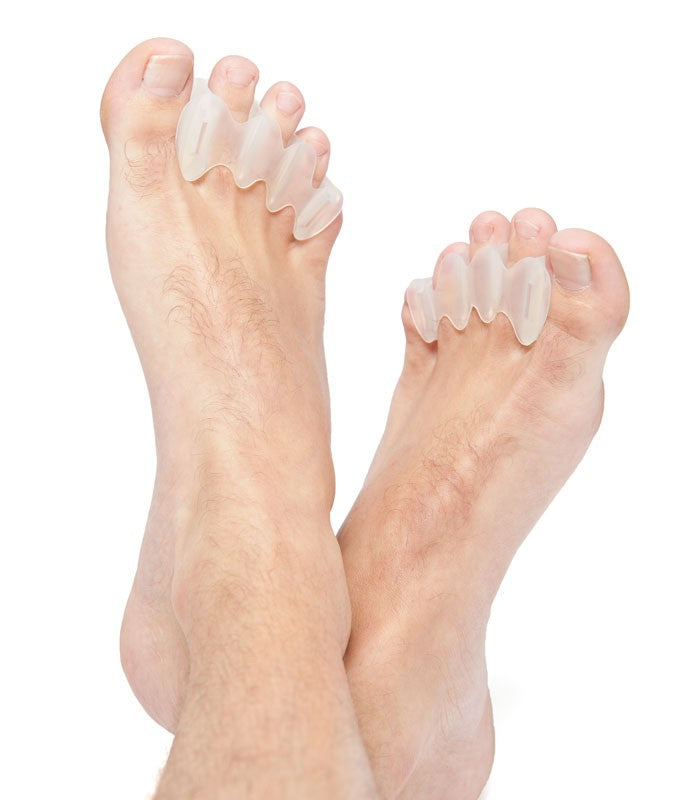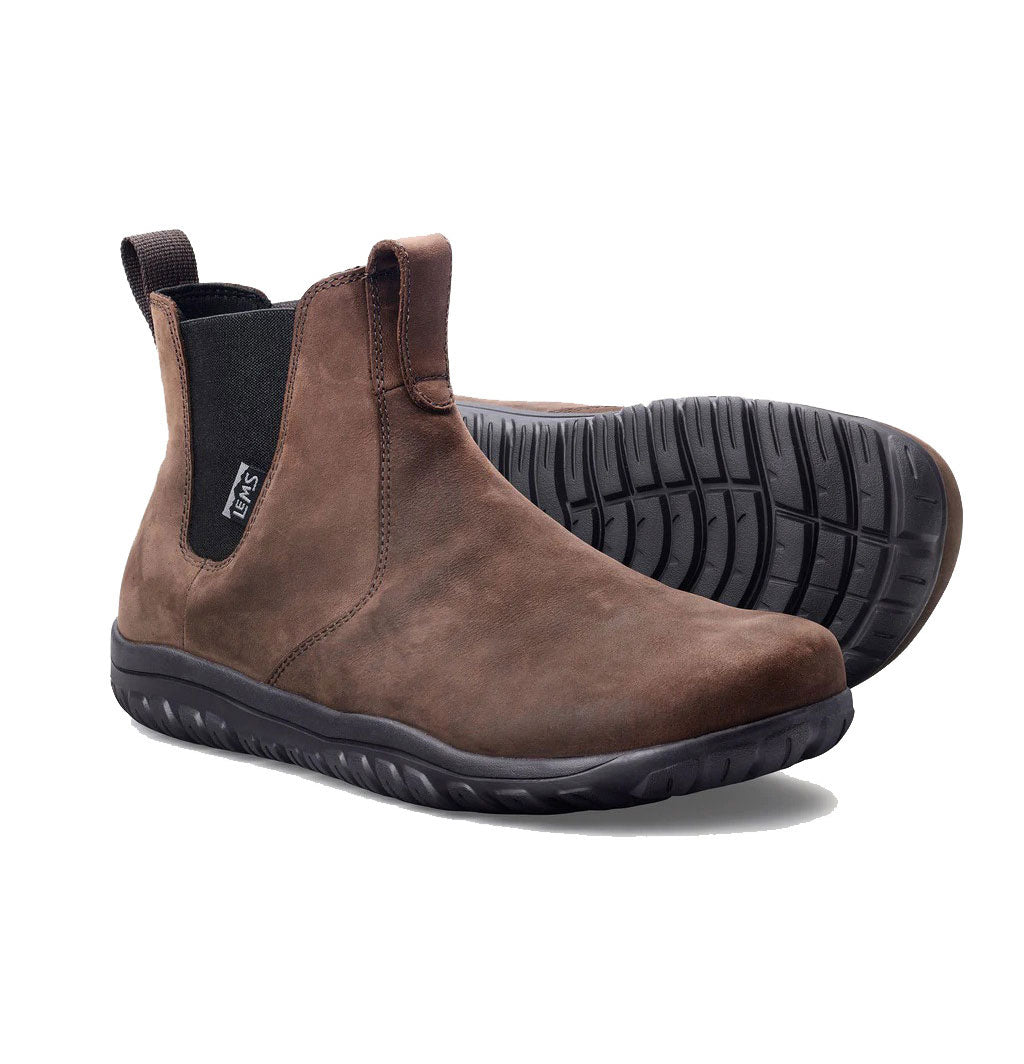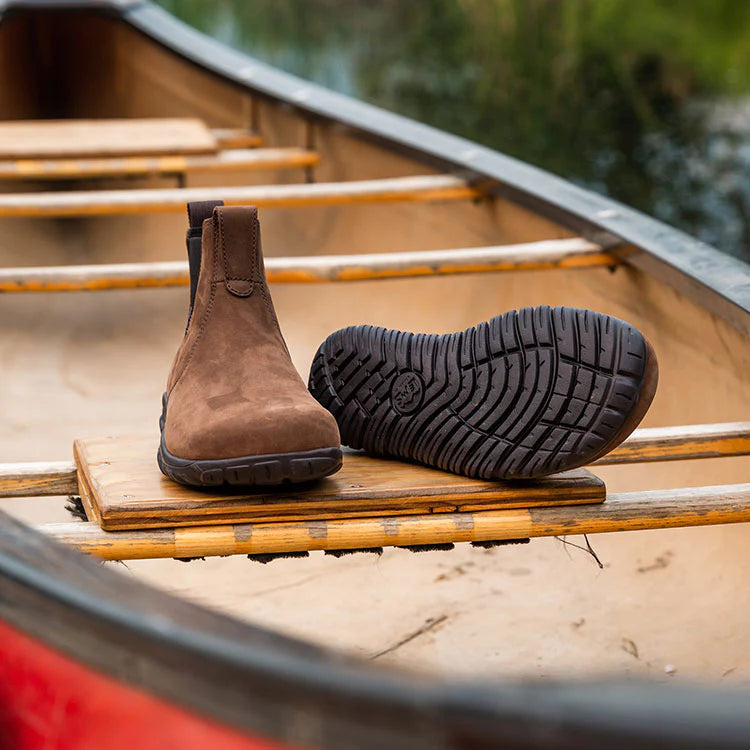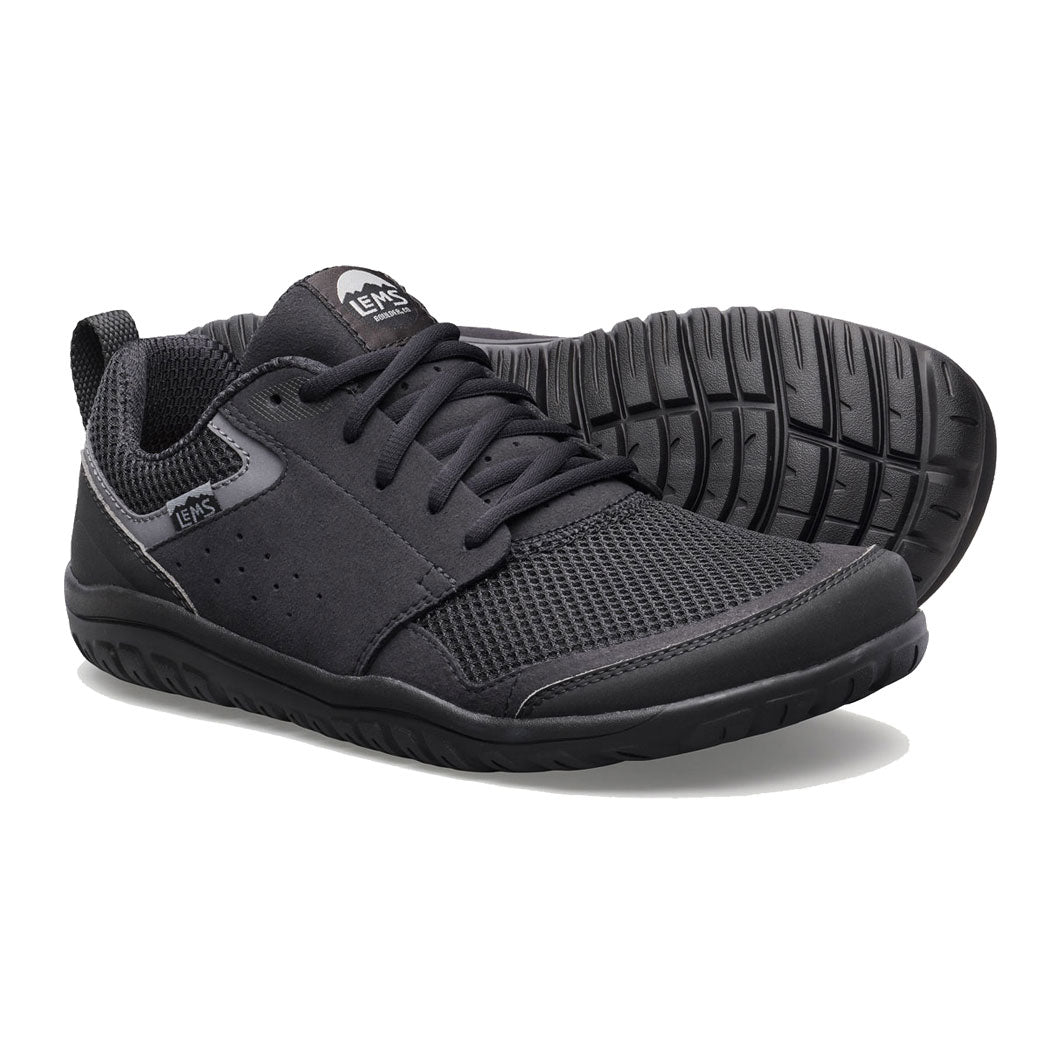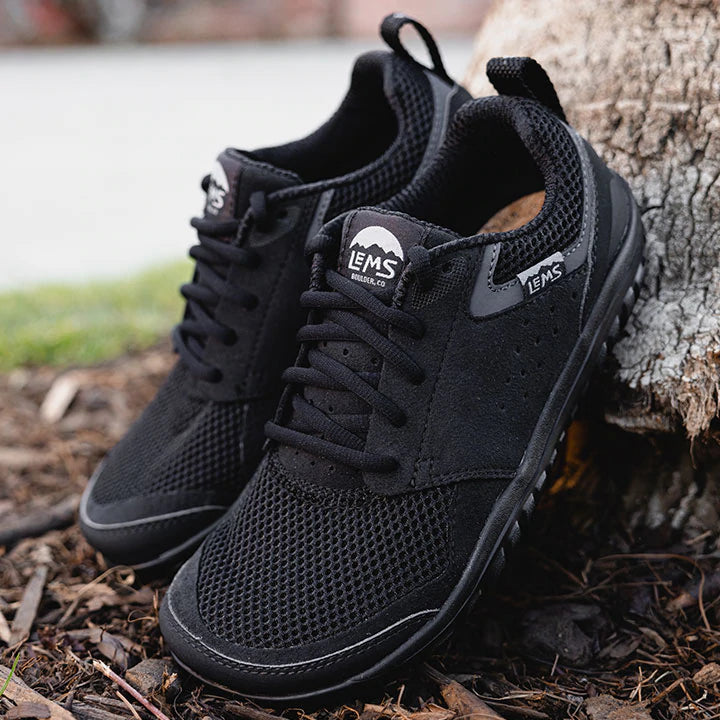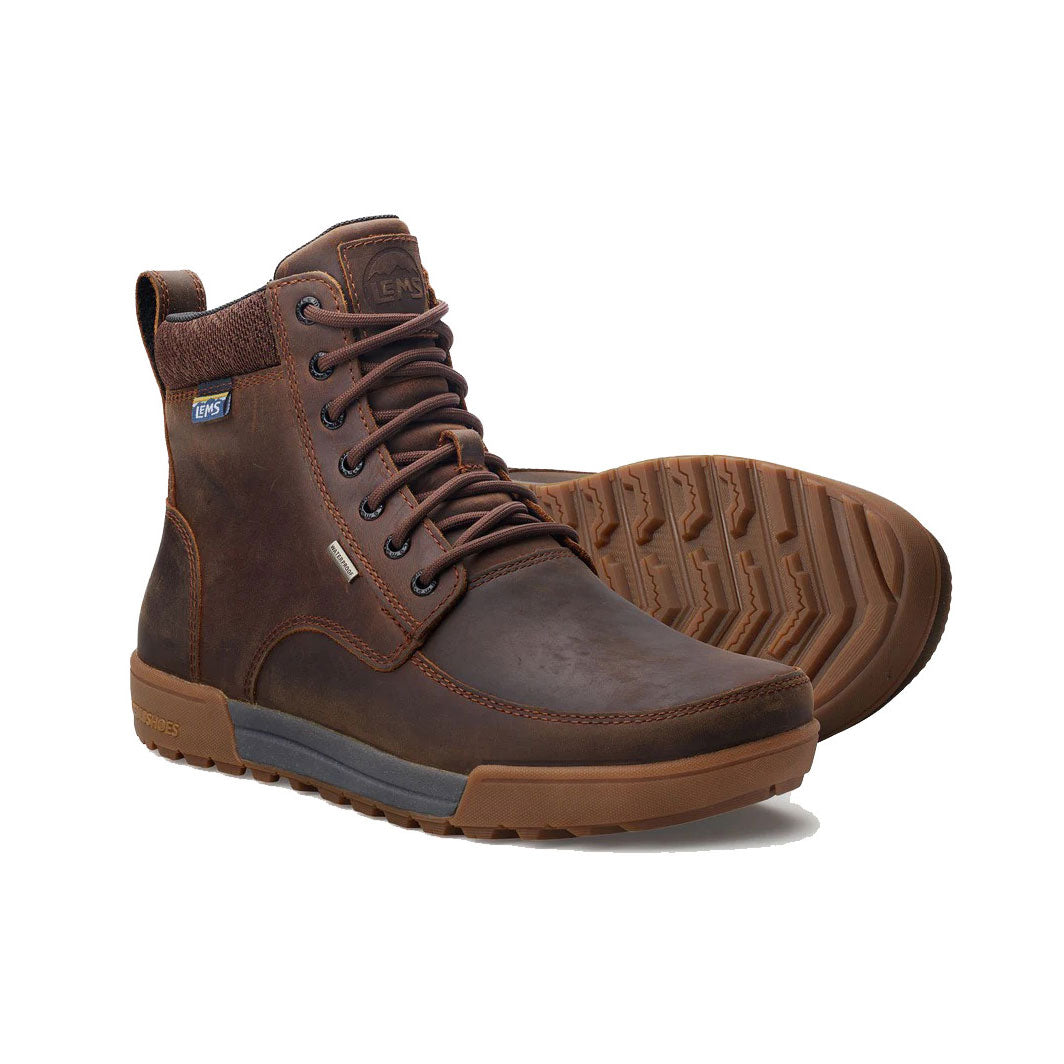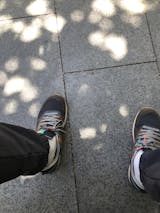Plantar fasciitis is an overuse injury that affects the bottom of the foot and is one of the most common causes of heel pain. When the long band of tissue that runs along the bottom of the foot (the fascia) is overstretched, tiny tears can create inflammation, leading to a painful condition.
This thick tissue connects from the toes to the heel and is designed to help support the arch of the foot.
This common injury can happen for a variety of reasons, and it’s most common among athletes who engage in repetitive, high-impact sports. Prevention and early detection are key to managing this persistent pain.
SYMPTOMS OF PLANTAR FASCIITIS
The tell-tale sign of plantar fasciitis is pain on the bottom of the foot, on or near the heel, when you take your first few steps out of bed in the morning or after a long period of sitting. It is not as likely to hurt during exercise, but rather afterward.
Other symptoms include:
- Mild pain at the heel bone to start
- Sharp, stabbing pain along the bottom of the foot, close to the heel
- Pain in the same area after exercising
- Pain after long periods of sitting, standing, or just after getting out of bed
While plantar fasciitis may go away on its own with enough rest, ice and some over-the-counter medicine for inflammation, many people suffering from the condition want more immediate relief and a way to ensure the very painful foot ailment doesn’t return.
Physical therapy for stretching and strengthening the right parts of the foot is one solution. Plantar fasciitis can take six months to a year to heal completely. And for stubborn cases, injections and even surgery may be a last resort.
WHO IS AT RISK OF PLANTAR FASCIITIS?
Plantar fasciitis generally develops without a specific cause, however there are several risk factors that can lead to the injury, such as:
- Obesity - extra weight can put added stress on the plantar fascia
- Those with very flat feet or very high arches
- Certain types of exercise, like long distance running, ballet, and other forms of dance
- Age - the injury is most common in those aged between 40 and 60 * Tight calves that limit flexibility of the foot
- Certain occupations that require standing on hard surfaces for long periods of time, like restaurant staff, nurses, and teachers
- Women tend to be more at risk than men
TREATING PLANTAR FASCIITIS
Before you make any changes to your footwear or activities, it’s important to clarify whether you are suffering from plantar fasciitis or another foot problem, such as a pinched nerve or stress fracture, which can present similarly.
Left untreated, plantar fasciitis can become a long term, chronic condition that will hinder your physical activity. It can also lead to other injuries in the knee, hips, or back due to the altered walking to mitigate the pain.
Plantar fasciitis can take a very long time to heal, usually between six months to a year, so starting treatment at the first sign of pain is key to minimising the recovery duration.
While plantar fasciitis may go away on its own with enough rest, ice and some over-the-counter medicine for inflammation, many suffering from the condition want more immediate relief and a way to ensure the very painful foot ailment doesn’t return.
Fortunately, plantar fasciitis can usually improve with simple treatments you can do at home, like:
Rest - You may find that you can perform some activities without pain, but be sure to stop if you feel pain after you finish.
Ice - 10 minutes several times per day to ease pain only. Some find that rolling a frozen water bottle under their foot feels good for temporary relief.
Heat and Massage - Manual massage and heat packs to warm underneath the feet and then roll your foot throughout the day for 10 to 20 minute intervals using a cork massage ball or roller while you’re working or sitting. It is also recommended that wearing Correct Toes spacers will assist with the realignment and improved circulation whilst massage is taking place. Recommended products: Massage Therapy Tools
If the pain doesn’t cede over time, you may want to consult a physical therapist for additional help.
STRETCHES FOR PLANTAR FASCIITIS
Since plantar fasciitis hurts most when the fascia tissue tightens, stretching can help alleviate the pain and help speed recovery. Here are a few stretches to incorporate into your daily recovery routine:
Calf Stretch
Push your hands against a wall, with one foot bent at the knee about two feet back, while the other stretches straight out behind. Try to keep both feet flat on the ground. Hold for 10 seconds and repeat up to 20 times on each foot.
Plantar Fascia Stretch
While sitting in a chair or the couch, cross one leg over the other and grab the big toe of the elevated foot and pull it back toward you, holding for 15 to 30 seconds. Repeat three times on the same foot before switching to the other.
Foot Flexes using a Band or Strap
While sitting on the ground with your legs stretched out straight in front of you, take an elastic exercise band, towel, or yoga strap and loop it around the arch of one foot. Point the toes away from the body, causing tension on the strap. Repeat 10 times for 3 reps on each foot.
Towel Scrunch
Lay a towel flat on the floor and use the toes of one foot to scrunch it up. Let go and repeat 10 times for 3 reps on each foot.
Marble Pick Up
Place 10 marbles (or other small objects that you can pick up with your toes, like pens, rocks, etc) and use your toes to pick them up and move them to one side. Pick up all the objects before switching to the next foot. Repeat 3 times on each foot.
FOOTWEAR FOR PLANTAR FASCIITIS
Your doctor or physical therapist can guide you in selecting the best footwear for the physiology of your feet, activity type and level, and lifestyle. However, there are many choices and the process of choosing the right shoe during and after plantar fasciitis can be confusing.
Some podiatrists may suggest shoes with strong arch support and high stack height to alleviate the discomfort. This is unfortunately only a temporary fix which is not addressing the underlying cause. We believe it’s best to help your feet strengthen themselves over time. Our natural foot shaped and wide toe box shoes shoes encourage every part of your feet to move the way they naturally want to, which can help fortify your body’s foundation over time.
To relieve pain after you’ve been diagnosed with plantar fasciitis, it’s important to look for shoes with a wide toe box, broad heel base and lightweight profile to reduce the amount of force you are applying with each step.
It’s not surprising that we see a lot of customers coming to our zero or low-drop minimalist shoes to try to help relieve plantar fasciitis or prevent it from occurring in the first place.
Again, consult with your doctor about all the options available. But make sure your footwear is helping, rather than hurting your feet in the long run.

DISCLAIMER:
The above content is for educational or informational purposes only and is not intended to replace or augment professional medical instruction, diagnosis, or treatment. Read the full Terms and Conditions & Disclaimer here.



